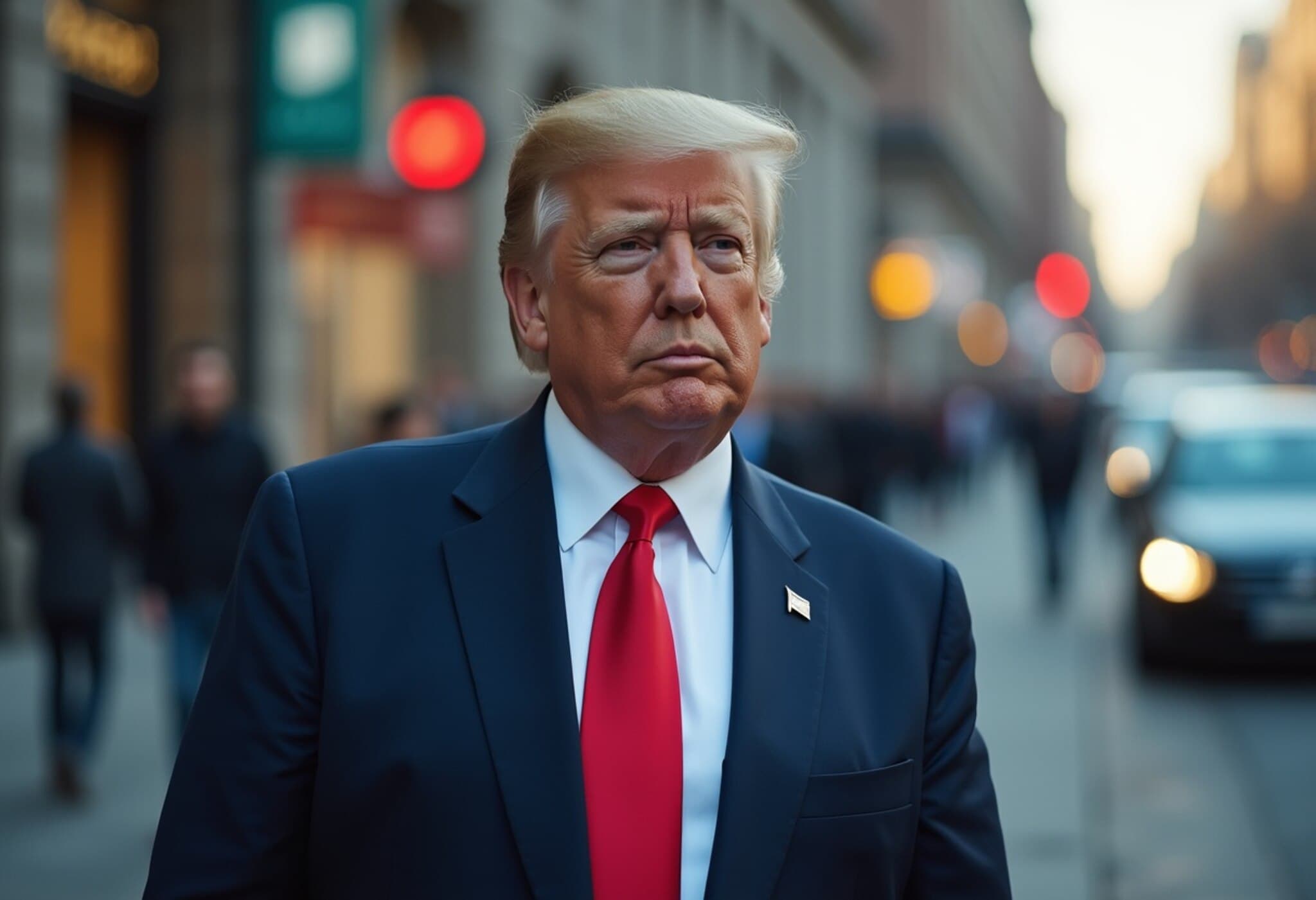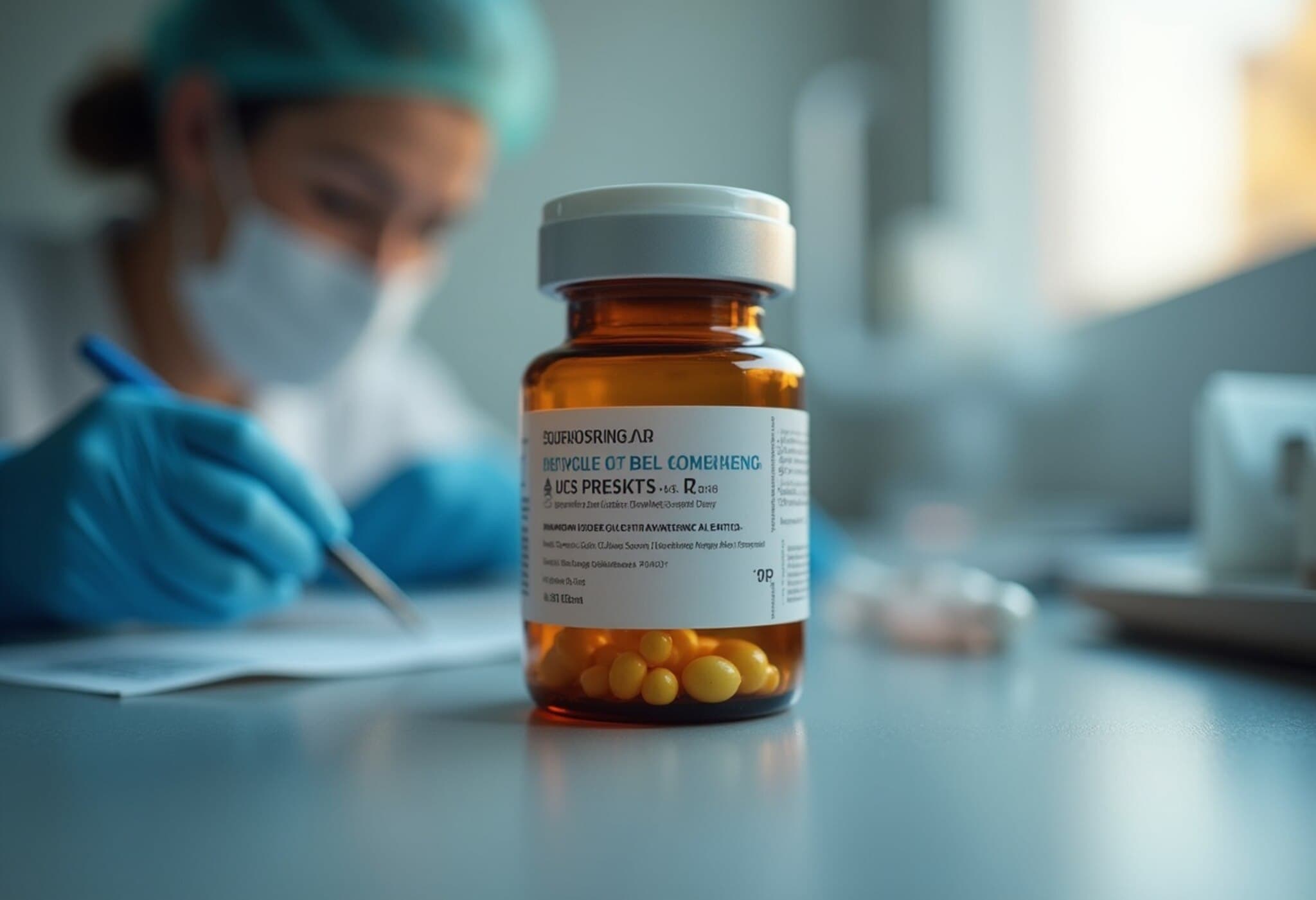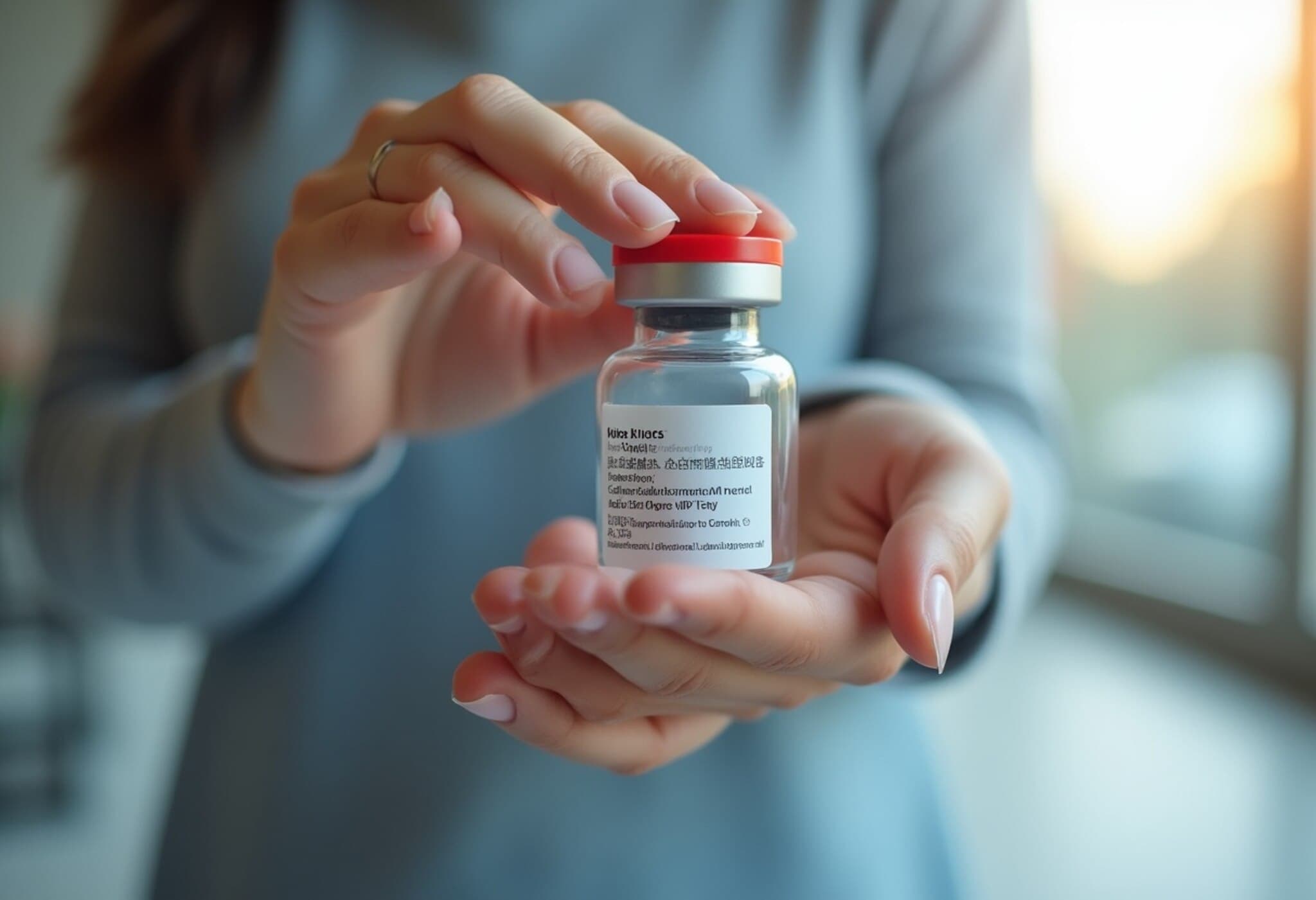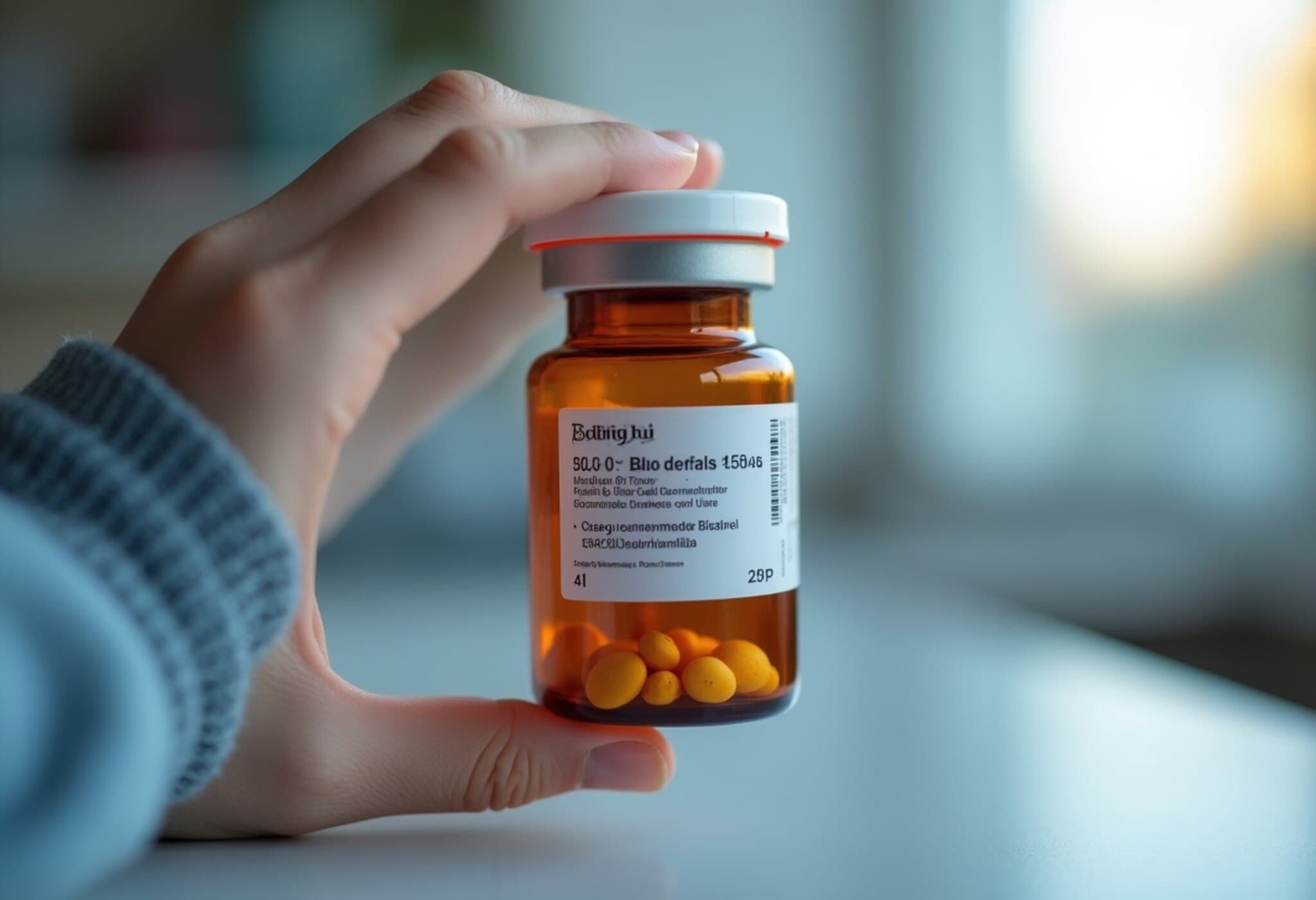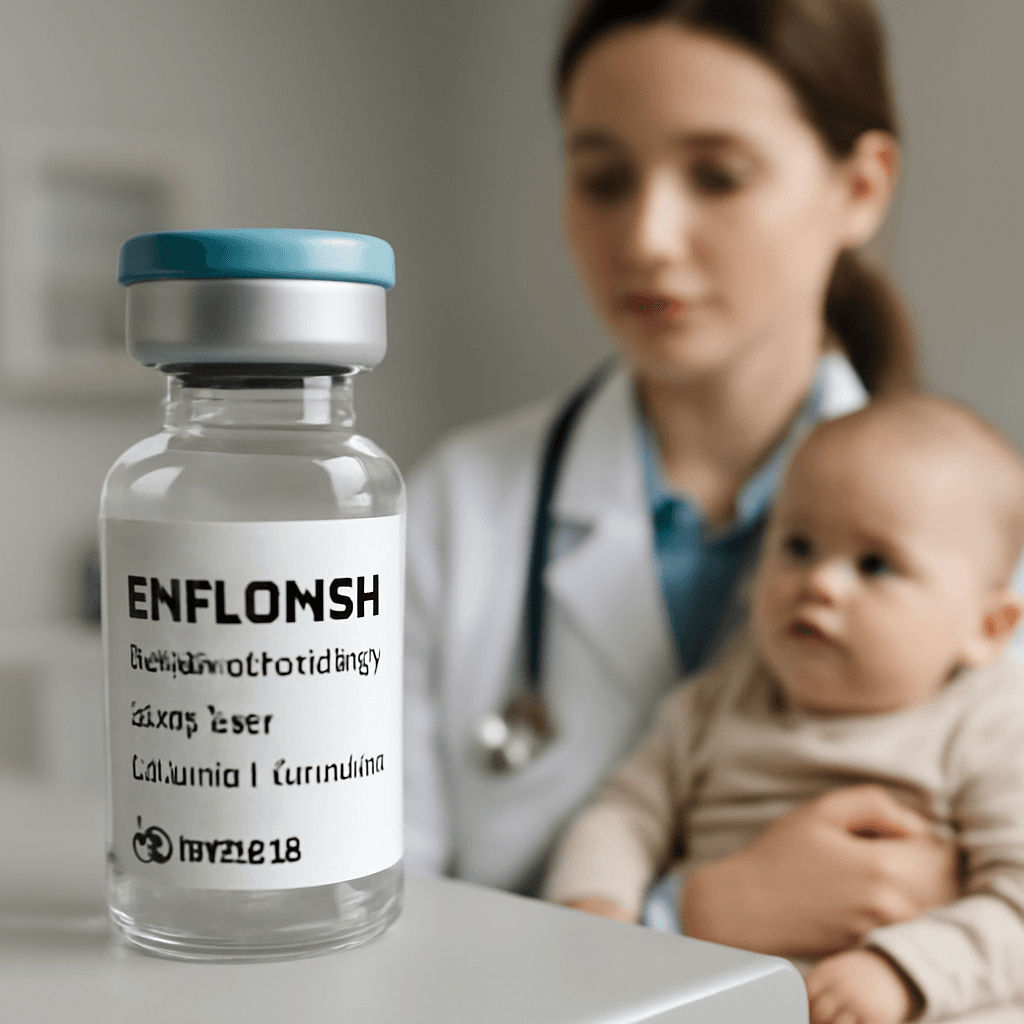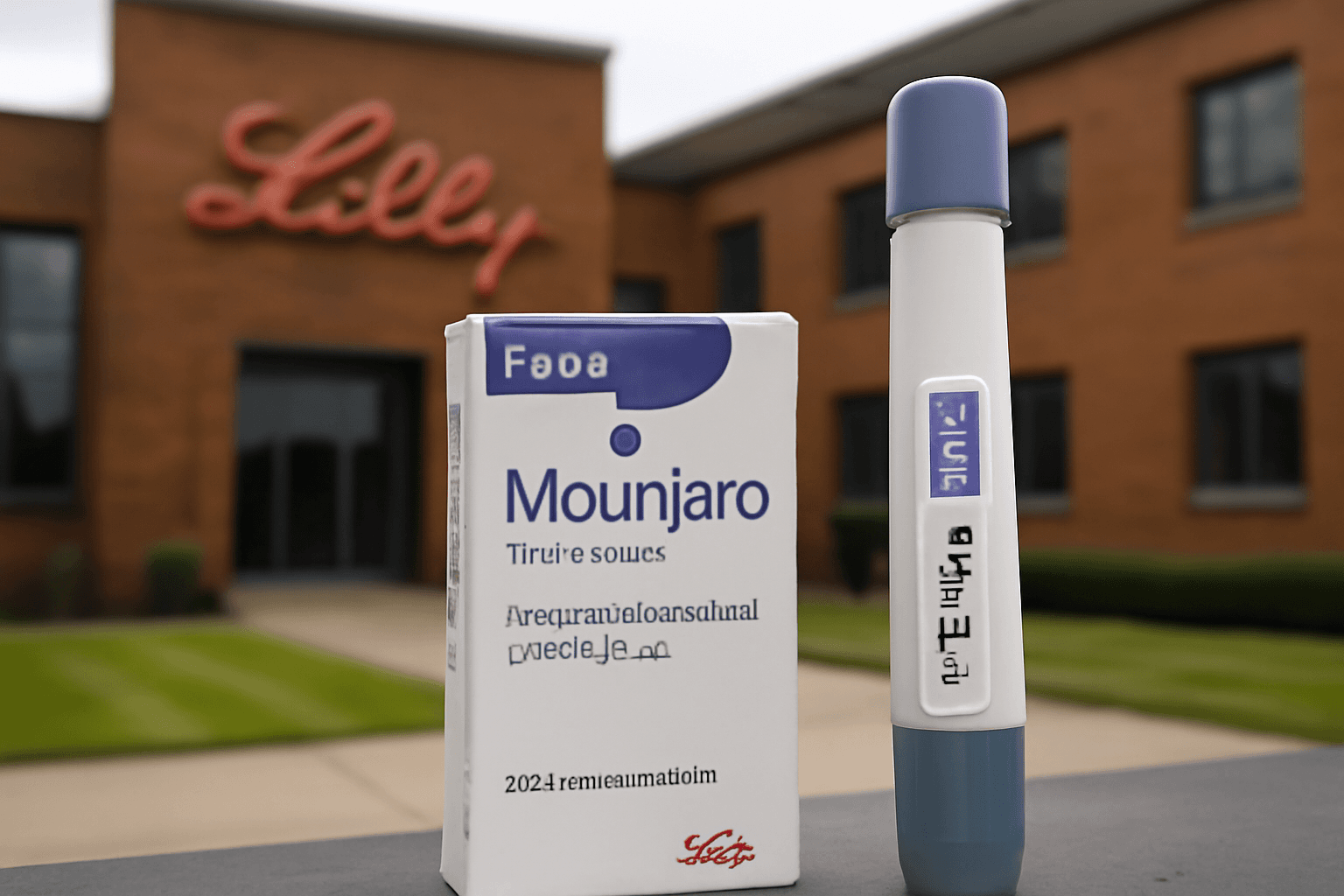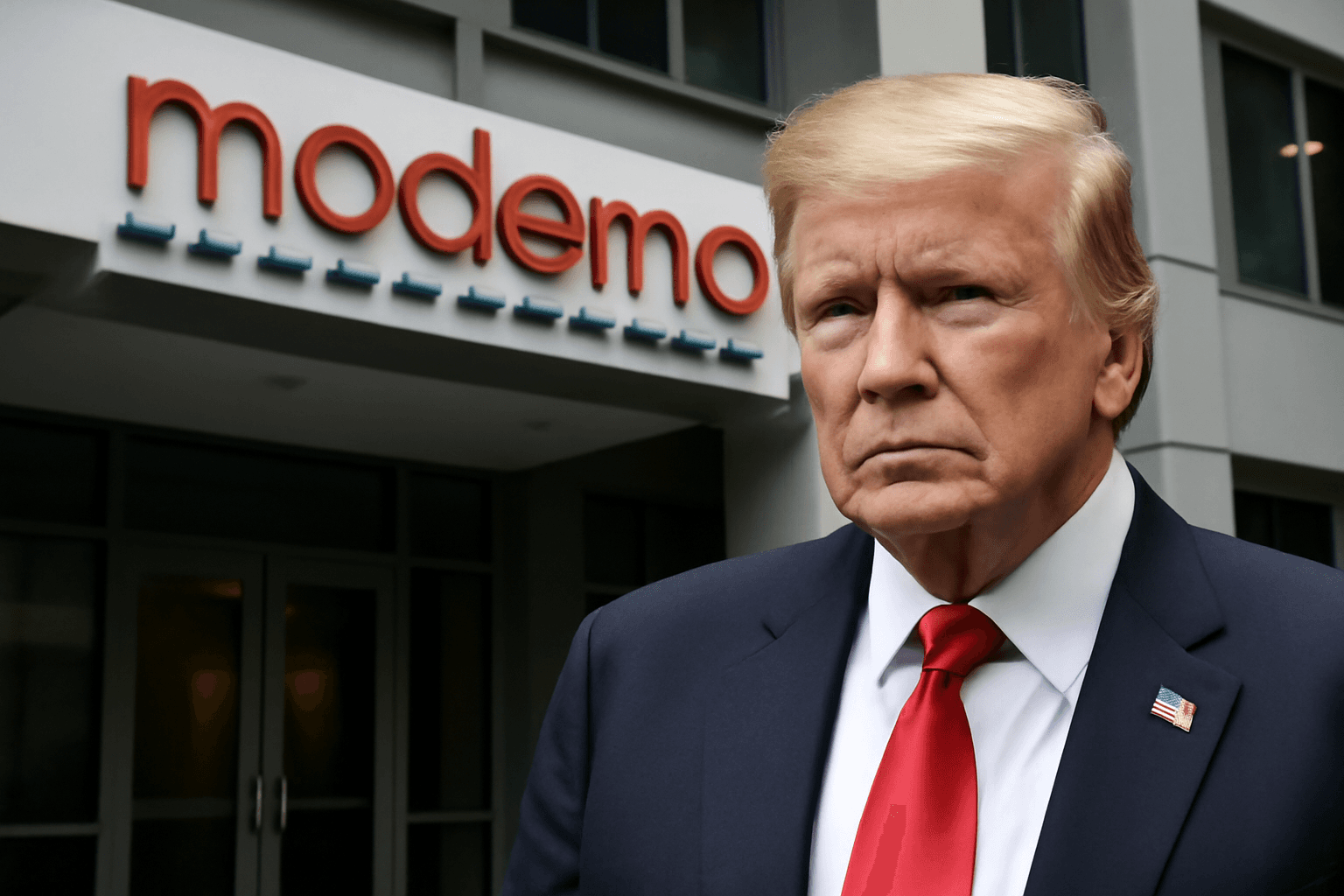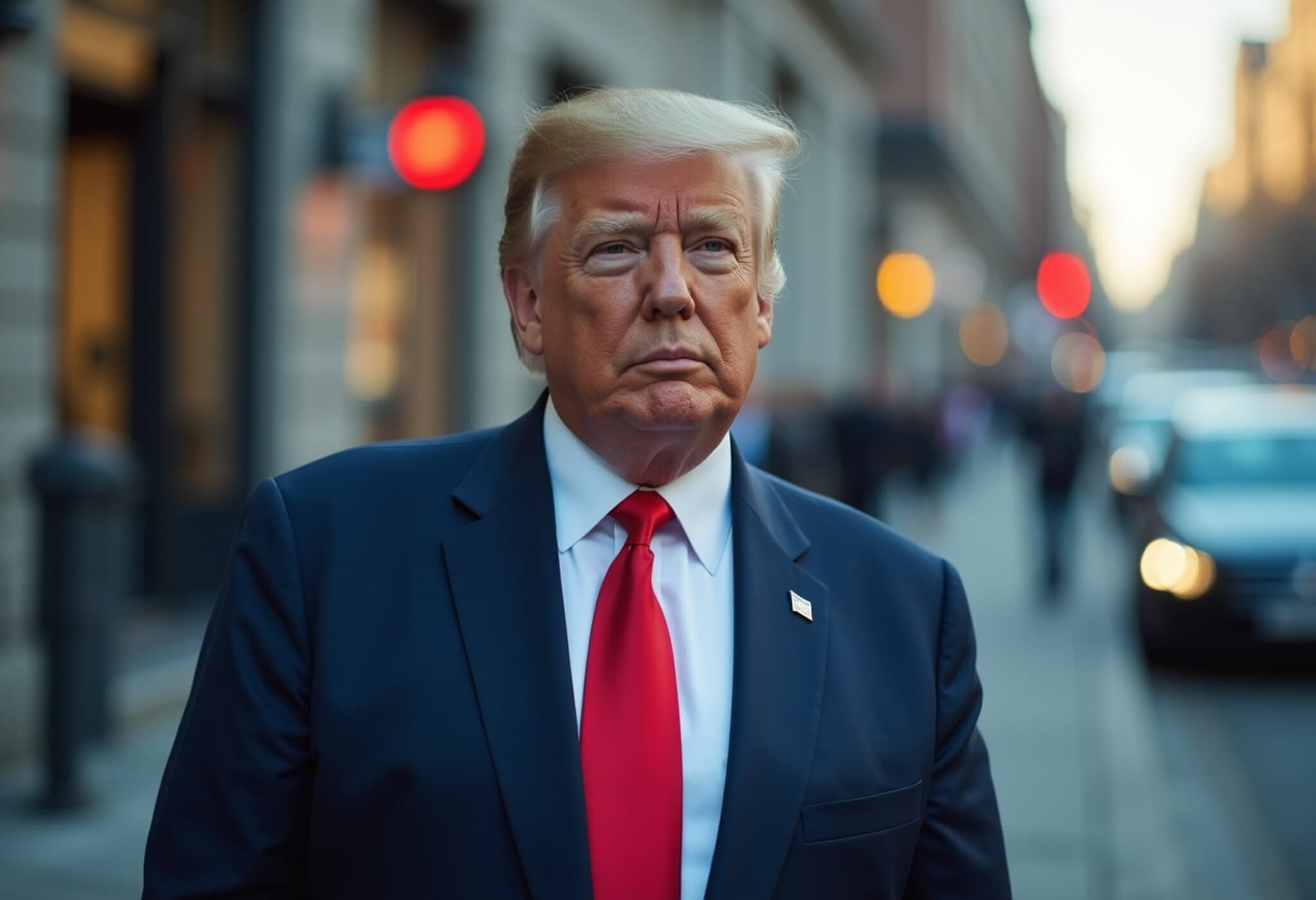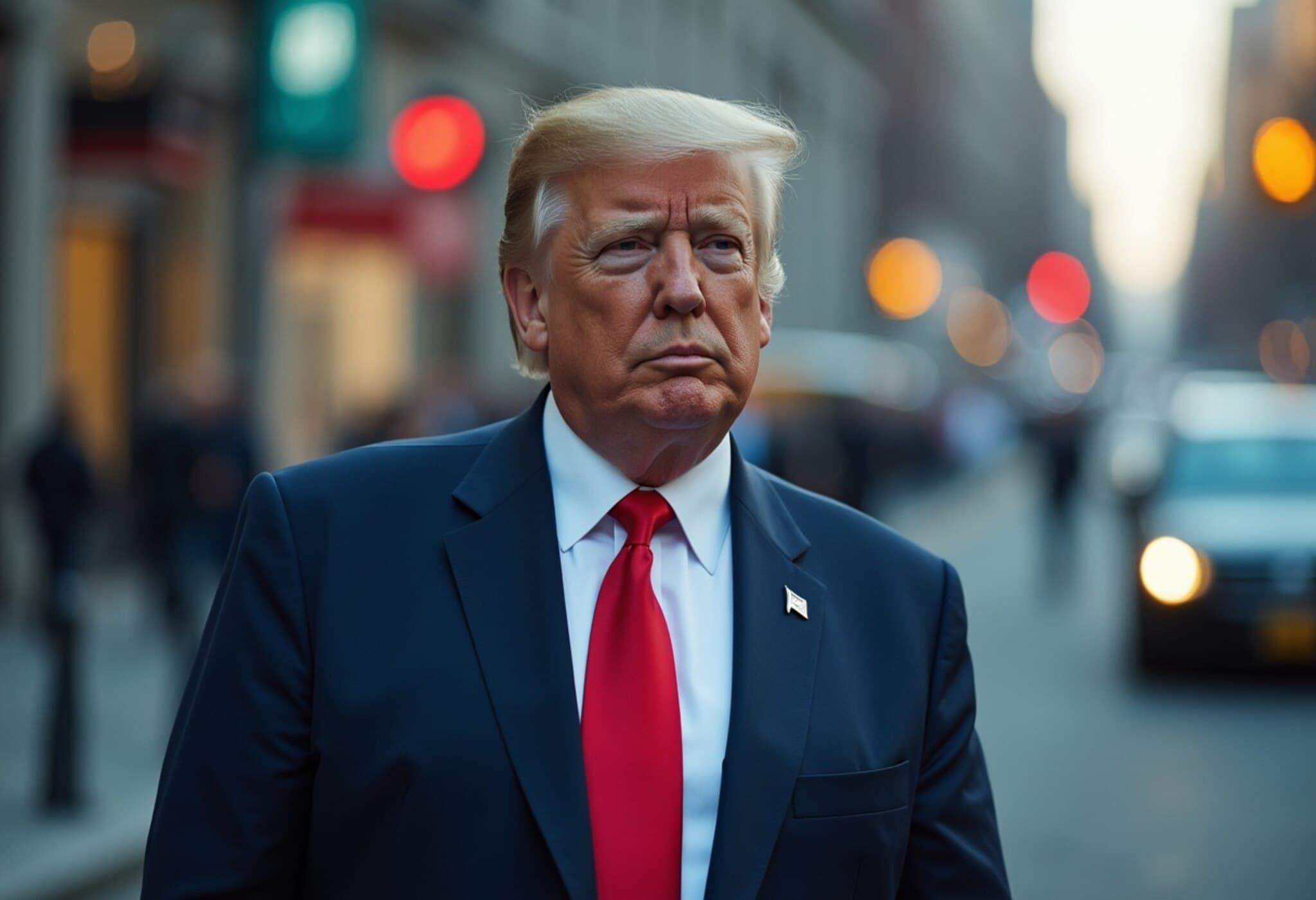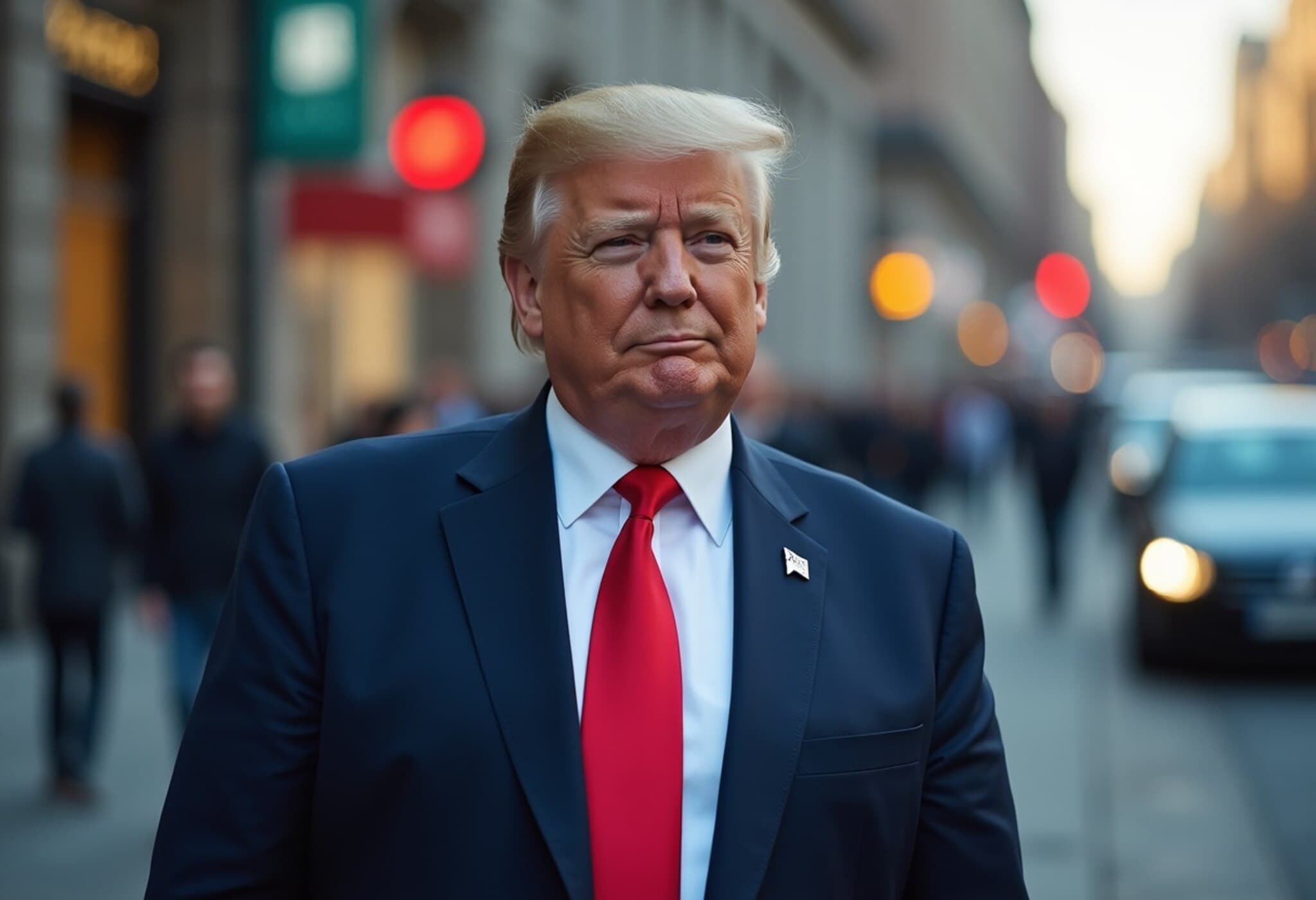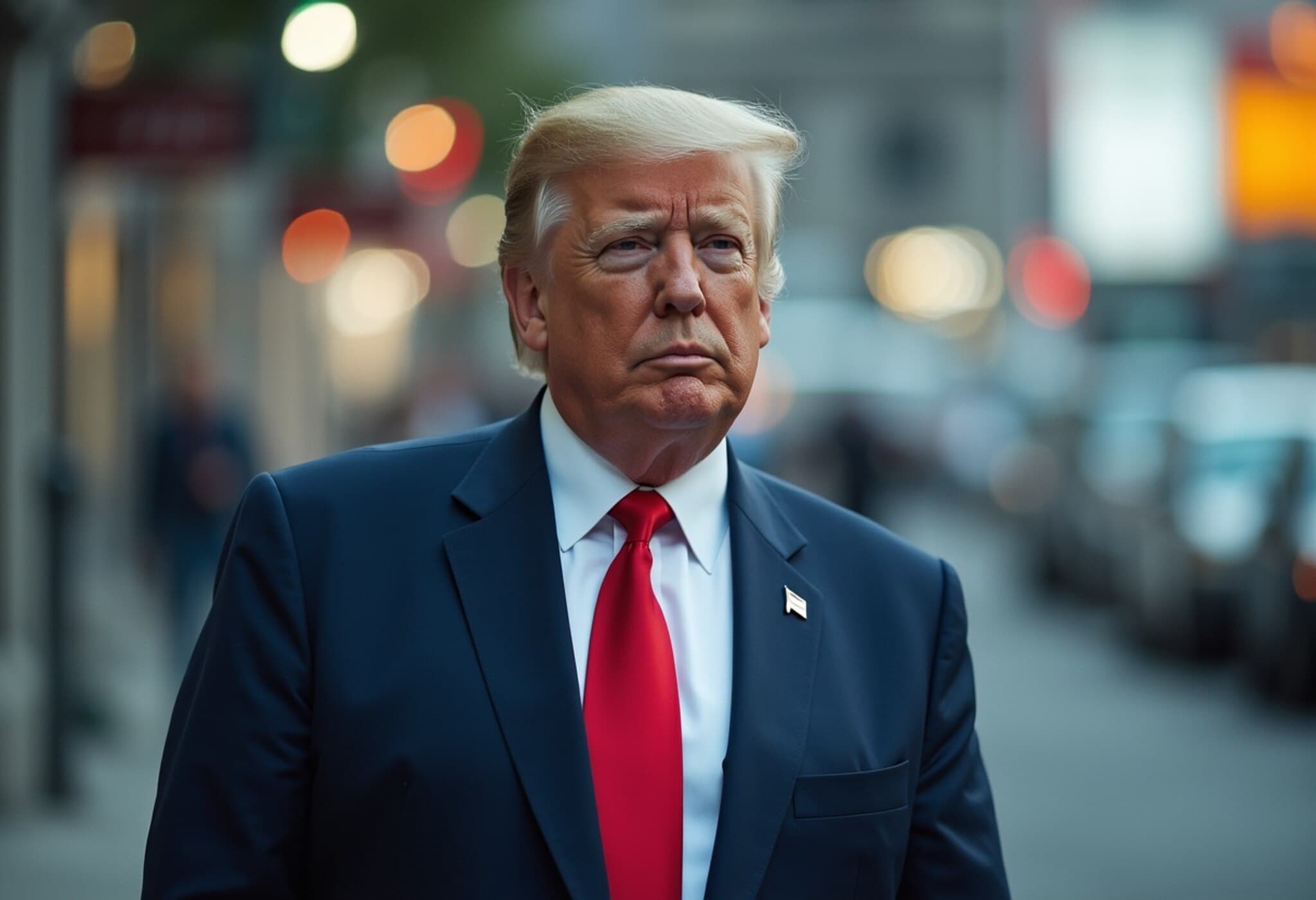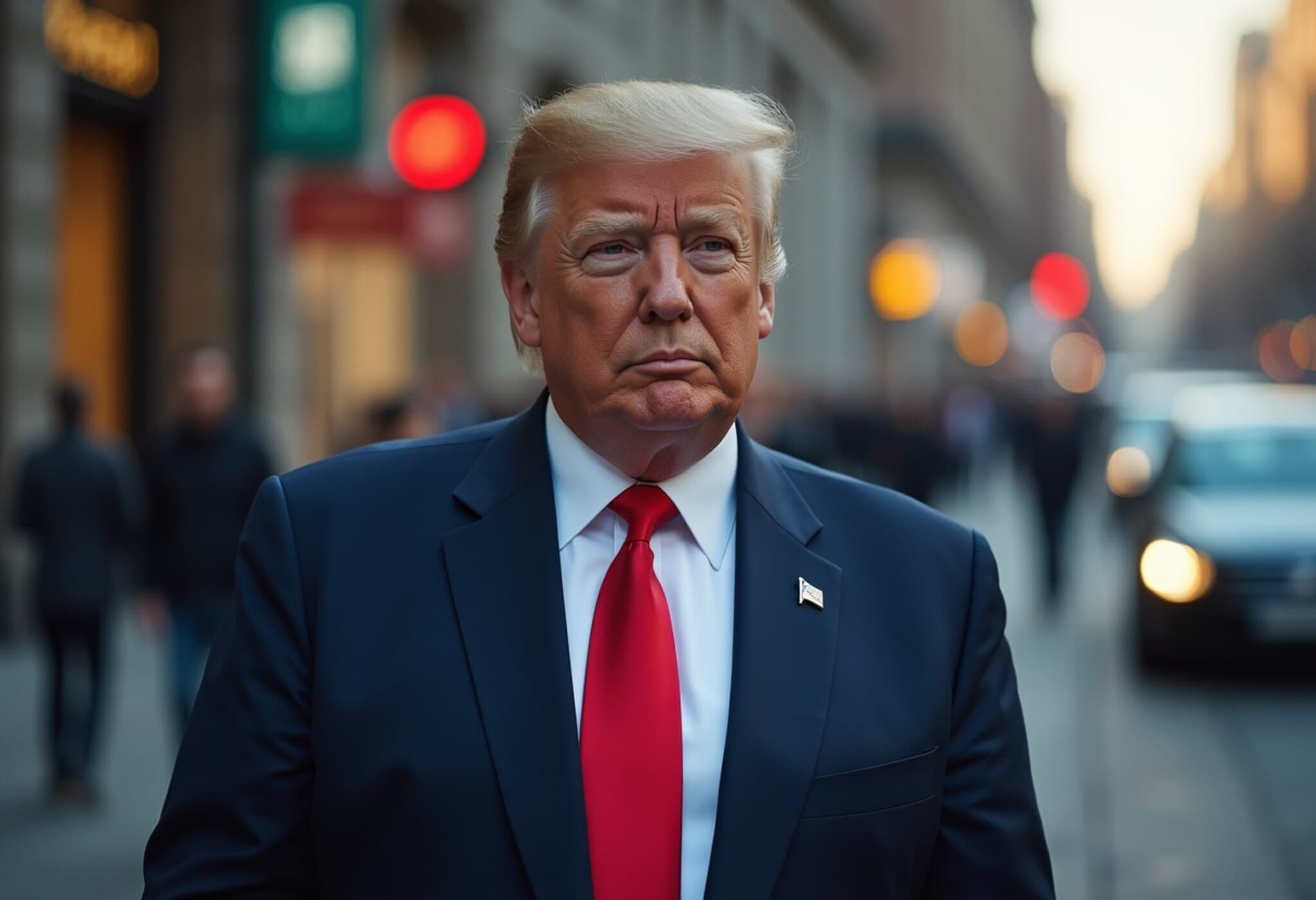Trump Proposes Steep Tariffs on Imported Pharmaceuticals to Revitalize US Manufacturing
In a bold and controversial move announced on August 5, 2025, former President Donald Trump unveiled plans to impose tariffs as high as 250% on pharmaceuticals imported into the United States. The proposal aims to compel drug manufacturers to relocate production back to American soil, signaling one of the most aggressive trade policies targeting the pharmaceutical sector in recent history.
Phased Tariff Hike: From Modest to Massive
Speaking with CNBC, Trump outlined a stepwise approach for the tariffs, starting initially with what he described as a “small tariff” on imported medicines. He indicated a rapid escalation within 12 to 18 months, with tariff rates climbing first to 150% and eventually peaking at 250%. This marks a marked intensification from his earlier July proposal of tariffs up to 200%.
The rationale? To shake up the decades-long outsourcing trend that has left the US heavily dependent on foreign drug ingredients, particularly from Asia.
The National Security Angle: Section 232 Investigation
This tariff strategy is grounded in a Section 232 investigation launched by Trump’s administration back in April 2025. This mechanism empowers the Department of Commerce to assess how imports might threaten US national security, providing a legal foundation for imposing import duties.
Experts note that drug supply chain vulnerabilities, exposed starkly by the COVID-19 pandemic, have fueled such efforts. Nearly 90% of American biotech firms rely on imported components for at least half of their products, a statistic underscoring how intertwined US healthcare has become with global supply lines.
Industry Impact: Pharma Giants Brace for Disruption
Major pharmaceutical companies like Merck & Co. and Eli Lilly & Co. operate extensive manufacturing networks worldwide. Trump’s proposed tariffs threaten to upend established supply chains, potentially raising costs and complicating production.
Notably, several firms have recently accelerated domestic investments — Eli Lilly and Johnson & Johnson among them — perhaps anticipating regulatory shifts and aiming to demonstrate alignment with the administration’s priorities.
Concerns Raised: Costs, Innovation, and Patient Risks
Pharma industry leaders have sounded alarms about the debilitating effects such steep tariffs might have. Increased production costs could translate into higher drug prices for consumers and create financial strain that undermines ongoing research and development.
Moreover, critics argue these tariffs risk disrupting delicate supply chains, potentially causing shortages and threatening patient access to essential medicines.
This comes amid ongoing controversies regarding drug pricing policies under Trump’s administration, which pharmaceutical companies contend have already curbed revenues critical to innovation.
Trump’s Direct Appeal to Pharma Companies
In a related development, Trump directly contacted 17 prominent pharmaceutical companies, urging them to take concrete steps to lower drug prices in the US by September 29. His requests include extending the full portfolio of medicines to Medicaid patients at prices matching the lowest levels in other developed nations.
While some companies have expressed openness to reviewing these demands, the broader industry response remains tentative and cautious.
Expert Commentary: Weighing National Security Versus Economic Impacts
Trade and healthcare policy analysts recognize the tension at play. On one hand, reducing dependency on foreign pharmaceutical ingredients enhances national security and supply chain resilience — imperatives highlighted by recent global crises.
On the other hand, imposing extraordinarily high tariffs risks stifling competition, inflating drug costs, and inadvertently impairing the very domestic innovation it seeks to protect.
Balancing these competing priorities requires nuanced policycraft, integrating strategic investments in manufacturing infrastructure, innovation incentives, and international cooperation to ensure drug affordability and availability.
Looking Ahead: What This Means for US Healthcare and Consumers
- Drug Prices: Tariffs could push prices higher, straining patients and healthcare systems.
- Domestic Production: Manufacturers may ramp up US-based operations, but costs and timelines remain challenges.
- Global Trade Relations: The move may provoke diplomatic tensions with key trading partners.
- Innovation Funding: Profit margin pressures could dampen pharmaceutical R&D investment.
Ultimately, the debate spotlights a critical policy crossroads: how to safeguard America’s drug supply and innovation without compromising access or affordability for millions dependent on these medicines every day.

